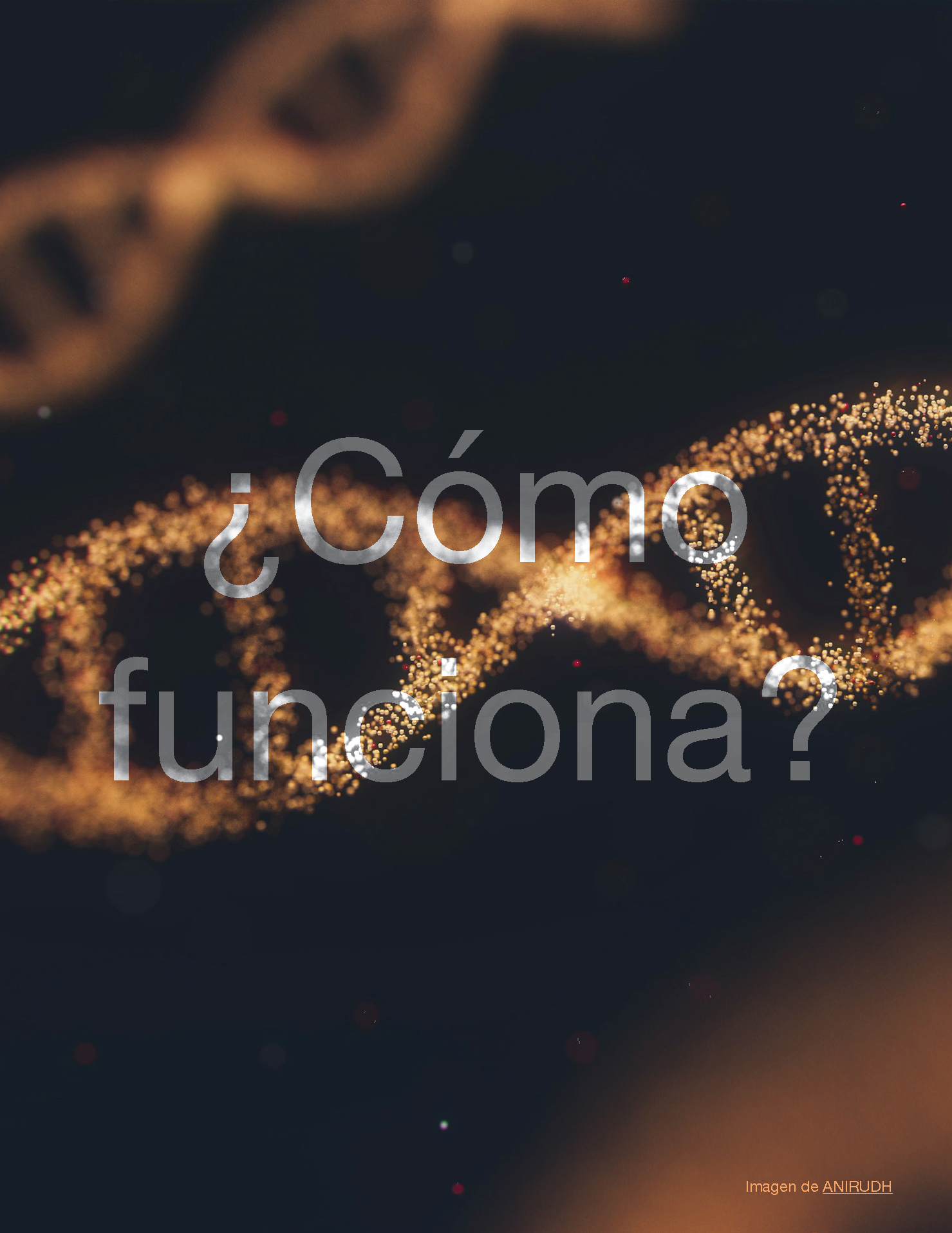The fascinating world of RNA interference
Keywords:
RNA, Gene therapy, Molecular biologyAbstract
We will explore the role of RNA interference (RNAi) discovered in 1990 when trying to modify the color of petunia flowers, revealing its ability to regulate genes. Its action on messenger RNA was demonstrated in nematodes and this discovery earned Fire and Mello the Nobel Prize in 2006. The loss of RNAi makes organisms susceptible to viruses, but some take advantage of this as a competitive weapon. This phenomenon, observed in yeast and parasites, highlights the complexity of gene regulation and opens doors to medical and biotechnological applications.
References
Luque Cabrera J, Herráez Sánchez Á. (2002). Texto ilustrado de biología molecular e ingeniería genética: Conceptos técnicas y aplicaciones en ciencias de la salud. Harcourt, 469. https://doi.org/10.1109/TENCON.2004.1414516
Napoli C, Lemieux C, Jorgensen R. (1990). Introduction of a Chimeric Chalcone Synthase Gene into Petunia Results in Reversible Co-Suppression of Homologous Genes in trans. Plant Cell, 2, 279–89. https://doi.org/10.1105/tpc.2.4.279
Romano N, Macino G. (1992). Quelling: Transient inactivation of gene expression in Neurospora crassa by transformation with homologous sequences. Mol Microbiol, 6, 3343–53. https://doi.org/10.1111/j.1365-2958.1992.tb02202.x
Fire A, Xu S, Montgomery MK, Kostas SA, Driver SE, Mello CC. (1998) Potent and specific genetic interference by double-stranded RNA in Caenorhabditis elegans. Nature, 391, 806–11. https://doi.org/10.1038/35888
Kim DH, Rossi JJ. (2007). Strategies for silencing human disease using RNA interference. Nat Rev Genet, 8, 173–84. https://doi.org/10.1038/nrg2006
Armas-Tizapantzi A, Montiel-González AM. (2016). RNAi silencing: A tool for functional genomics research on fungi. Fungal Biol Rev, 30. https://doi.org/10.1016/j.fbr.2016.05.003
Shabalina SA, Koonin E V. (2008). Origins and evolution of eukaryotic RNA interference. Trends Ecol Evol, 23, 578–87. https://doi.org/https://doi.org/10.1016/j.tree.2008.06.005
Segers GC, Zhang X, Deng F, Sun Q, Nuss DL. (2007). Evidence that RNA silencing functions as an antiviral defense mechanism in fungi. Proc Natl Acad Sci U S A, 104, 12902–6. https://doi.org/10.1073/pnas.0702500104
Nicolas FE, Torres-Martinez S, Ruiz-Vazquez RM. (2013). Loss and retention of RNA interference in fungi and parasites. PLoS Pathog, 9, e1003089. https://doi.org/https://doi.org/10.1371/journal.ppat.1003089
Mummery CJ, Börjesson-Hanson A, Blackburn DJ, Vijverberg EGB, De Deyn PP, Ducharme S, et al. (2023). Tau-targeting antisense oligonucleotide MAPTRx in mild Alzheimer’s disease: a phase 1b, randomized, placebo-controlled trial. Nat Med, 29, 1437–47. https://doi.org/10.1038/s41591-023-02326-3

Downloads
Published
How to Cite
Issue
Section
License
Copyright (c) 2024 Revista de divulgación científica iBIO

This work is licensed under a Creative Commons Attribution-NonCommercial-NoDerivatives 4.0 International License.
Self-archiving or deposit of the works in their post-publication version (editorial version) is permitted in any personal, institutional or thematic repository, social or scientific networks. The above applies from the moment of publication of the article in question on the website of the Revista de divulgación científica iBIO.




